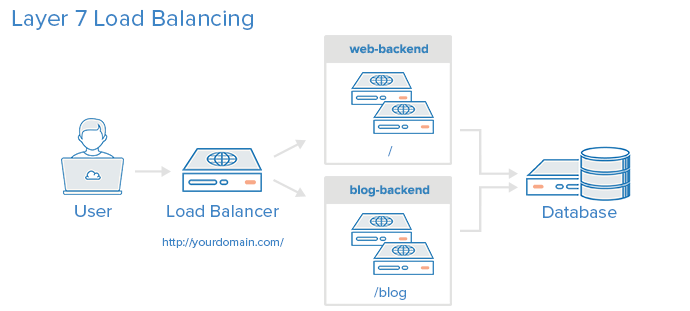Introduction to HAProxy Load Balancer
HAProxy is an open-source, high-performance TCP/HTTP load balancer that can distribute network or application traffic across multiple servers. It is commonly used in web hosting environments to achieve high availability and scalability by evenly distributing incoming requests among a pool of servers.
HAProxy operates on Layer 4 (Transport Layer) and Layer 7 (Application Layer) of the OSI model, allowing it to balance traffic based on IP addresses, port numbers, or HTTP headers. This flexibility makes it a popular choice for managing server clusters in a variety of environments.
Key Features of HAProxy Load Balancer
HAProxy offers a range of features that make it a powerful tool for load balancing and traffic management:
- High Performance: HAProxy is known for its speed and efficiency, capable of handling thousands of requests per second without impacting performance.
- Load Balancing Algorithms: HAProxy supports various load balancing algorithms such as round-robin, least connections, and source IP hash, allowing administrators to choose the best method for their environment.
- Health Checking: HAProxy can perform health checks on backend servers to ensure they are responding properly before routing traffic to them.
- SSL Offloading: HAProxy can offload SSL processing from servers, reducing the workload on backend systems.
- Web Application Firewall (WAF): HAProxy includes features for protecting web applications from common attacks such as SQL injection and cross-site scripting (XSS).
How HAProxy Load Balancer Works
HAProxy acts as a reverse proxy, intercepting incoming requests from clients and forwarding them to backend servers based on predefined rules. Clients connect to the HAProxy server, which then distributes the requests to the appropriate backend server based on the load balancing algorithm configured.
HAProxy can also perform various functions such as SSL termination, content compression, and session persistence to optimize traffic flow and improve performance. It can be deployed in front of web servers, application servers, or databases to evenly distribute incoming requests and ensure high availability.
Benefits of Using HAProxy Load Balancer
There are several benefits to using HAProxy as a load balancer in your environment:
- Scalability: HAProxy allows you to easily scale your infrastructure by adding more backend servers without disrupting existing services.
- High Availability: HAProxy can detect server failures and redirect traffic to healthy servers, ensuring continuous service availability.
- Security: By offloading SSL processing and providing WAF features, HAProxy helps protect your applications from common security threats.
- Performance: HAProxy’s efficient load balancing algorithms and optimizations can improve application performance and user experience.
Conclusion
HAProxy is a versatile and powerful load balancer that offers a wide range of features to optimize traffic management and improve application performance. Whether you are running a small website or a large-scale web application, HAProxy can help you achieve high availability, scalability, and security for your infrastructure.
